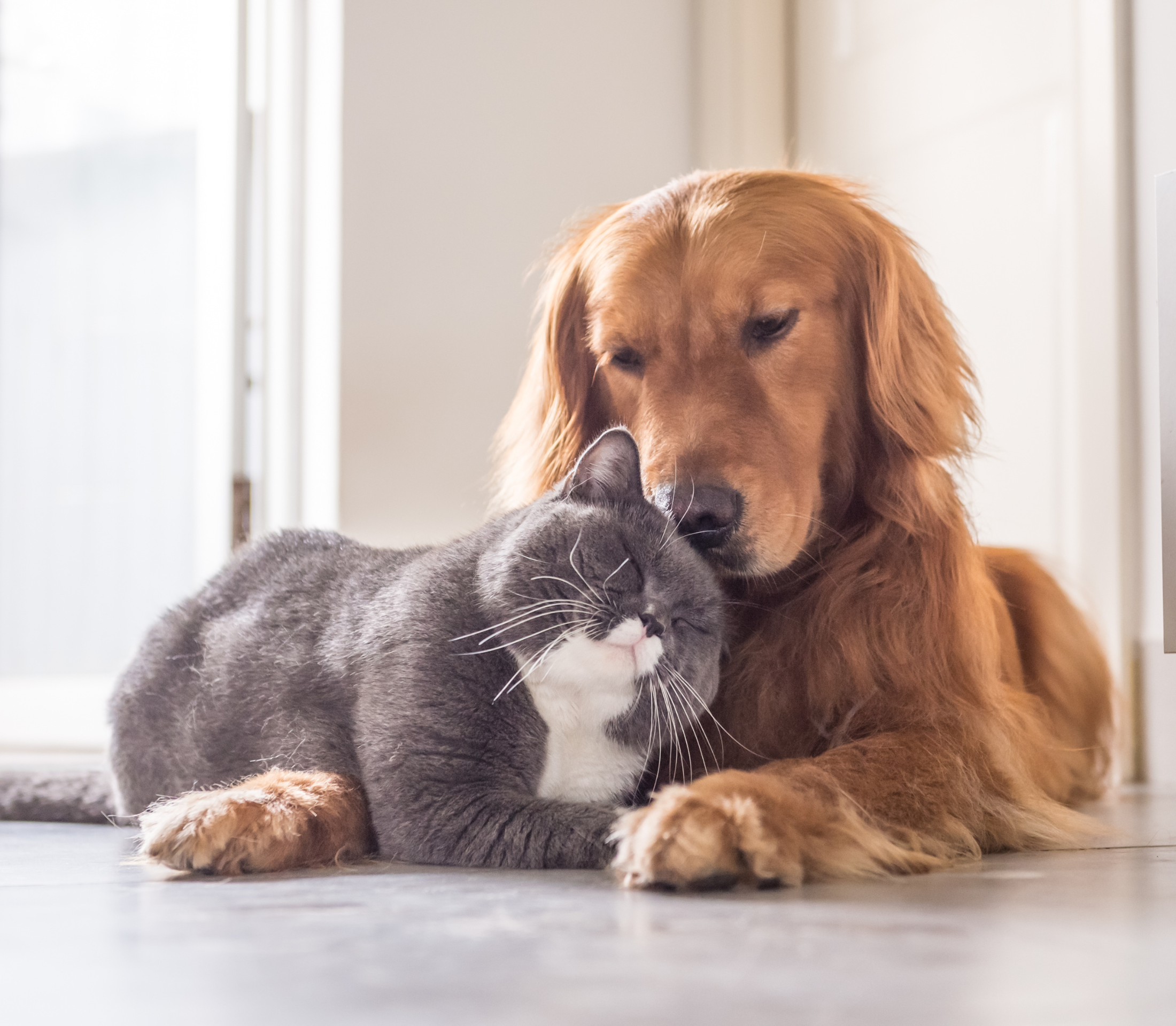FAQS About Giving Your Cat A Bath And Living To Tell About It
One of the many benefits of having a cat as pets is the fact that they are so clean. While Fido loves mud puddles and would prefer to skip baths altogether, Fluffy will actively avoid getting wet or dirty and is quite meticulous about grooming herself. In fact, as much as a third of your furry friend’s waking time is spent on beauty care! However, there are a few things to remember. Read on for some tips from a local Hyattsville, MD vet on giving your furry little pal a bath.
Do I Have To Bathe My Cat?
You don’t need to bathe your feline buddy, though some people bathe their cats just out of personal preference. However, you may need to bathe your kitty if she gets something spilled on her fur. Therefore, it’s not a bad idea to get her used to the process.
Just be sure to consult your veterinarian before bathing Fluffy. If your pet is a senior, a very young kitten, has medical issues, or has recently undergone surgery, then you’ll definitely need to get that thumbs up before proceeding.
How Often Should Cats Be Bathed?
If you are bathing Fluffy, you should only do so once every 4 to 6 weeks. Otherwise, you could end up inadvertently over-cleaning her and stripping the oils from her fur. If you bathe your pet too much, she may end up looking dry or even a bit frizzy. This can also cause skin irritation. Ask your veterinarian for more information.
Should I Brush My Cat?
Whether you bathe Fluffy or not, she will benefit from being brushed. Many cats really enjoy being pampered this way!
How Should I Bathe My Cat?
There are a few do’s and don’ts to keep in mind in order to bathe your cat properly.
Here are the most important ones:
- Brush your feline buddy earlier that day, or even the day before, to remove any dead fur or dander from her coat.
- Put on thick jeans and a long-sleeved shirt. Have a few towels on hand, and consider putting down a mat in the tub or sink to protect it from scratches. (Full body armor is optional.)
- Fill a bathtub or sink with lukewarm water. Make sure it isn’t too hot. Our feline friends have very sensitive skin. What seems like pleasantly warm water to you could burn your pet. The water should not be any deeper than your cat’s chest.
- You may find that your furry little buddy expresses her opinions at this point. Talk to Fluffy gently to help keep her calm.
- Lather your cat up, using a shampoo designed specifically for kitties. Never use products made for humans or for other pets: these are too strong for cats, and could even make your kitty sick!
- Be careful to avoid getting suds on Fluffy’s head. You can clean her face and ears with a washcloth.
- When you’re done, rinse your furry pal gently and thoroughly. You can use a teapot, pitcher, bowl, or handheld sprayer attachment.
- Finally, repeat the process, using a smaller amount of shampoo.
What Is The Best Way To Dry My Cat After A Bath?
Once Fluffy has been bathed, wrap her in a towel. Don’t rub vigorously. Just gently press the towel into her fur so it will absorb water. You can blow dry your cute pet if she doesn’t mind. Use a low heat setting and a gentle setting. Don’t force the matter, though: If your furry little diva decides that she has had enough, let her go.
As soon as you let your kitty go, she will immediately retreat to one of her favorite warm, comfortable spots. Most likely, she will start grooming herself to get her fur back in order. (You may also occasionally see her glower at you to express her indignation at being bathed.) To get that motor started again, offer a new toy, a yummy treat, or catnip.
Is It Good For Cats To Be Bathed?
The vast majority of our feline pals would probably answer this one with a hard ‘No.’ There are a few cats that didn’t get this memo, though. Bengals and Turkish Angoras are good examples of this: both enjoy water and even enjoy swimming.
Will My Cat Be Happier After A Bath?
If your feline pal is getting bathed because you accidentally dropped barbeque sauce on her or because she had a run-in with a skunk, it’s safe to say that she’ll probably feel much more comfortable afterward. Cats infested with fleas will also feel relieved after. However, flea treatments should fall more under Fluffy’s general medical care rather than her beauty regime.
In general, cats do not enjoy baths. (Actually, that’s an understatement. Many cats hate being bathed to the point of dread.)
How Often Should I Bathe Fluffy?
In terms of the time of day, it’s really up to you. We suggest waiting until it’s fairly warm, so Fluffy doesn’t get too chilly.
Why Do Cats Cry During Bath Time?
Our feline buddies are often instinctively frightened of water. One possible reason for this is because Fluffy just isn’t a good swimmer. Kitties can be over their heads in just a foot of water. They can also easily be swept away by even gentle currents. There’s also the fact that rivers and ponds can hide predators in the wild. Plus, wet cat fur emits a distinct scent, which may attract predators.
Then again, Fluffy may also know that she doesn’t look her best when she’s soaking wet.
Why Is My Cat Extra Cuddly After A Bath?
While we don’t have a solid answer on this one, we do have some pretty good guesses here. Our feline pals have scent glands, which they use to mark their territory. Your feline overlord may rub against you to ensure that you are properly anointed with her scent, and are therefore ‘claimed’ as hers.
Then again, your little diva might also just be glad that bathtime is over with.
Is It A Good Idea To Take My Cat To The Groomer?
Fido goes to the beauty salon much more often than Fluffy does. However, some of our feline pals can benefit from professional beauty care. If your pet is quite old, simply being held may be uncomfortable for her. Cats with thick or fluffy fur may also require extra attention in this area.
When Should I Give My Cat A Flea Bath?
We would advise against buying flea shampoo from a regular retailer. Some of these products have been proven to be unsafe. Additionally, if you are using another parasite control method, adding a flea bath may expose your cat to dangerous amounts of chemicals. It’s best to err on the safe side. Follow your Hyattsville, MD vet’s advice on this one.
Conclusion: Cats are naturally clean, and require little in terms of grooming. However, you can bathe your cat if you like. Just be sure that you do so safely.
Have questions about your cat’s health or care? We’re here to help! Please feel free to reach out to us, your Hyattsville, MD pet hospital, for all of your kitty’s veterinary care needs.



